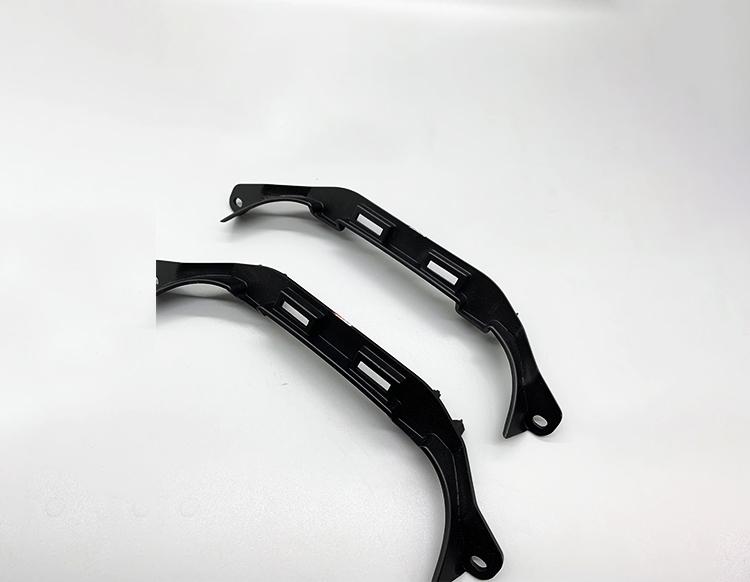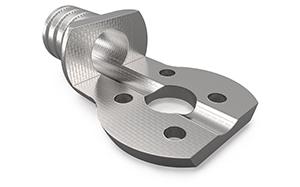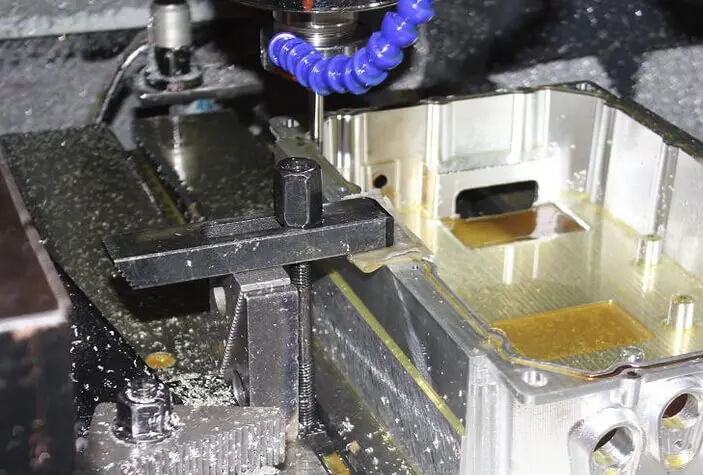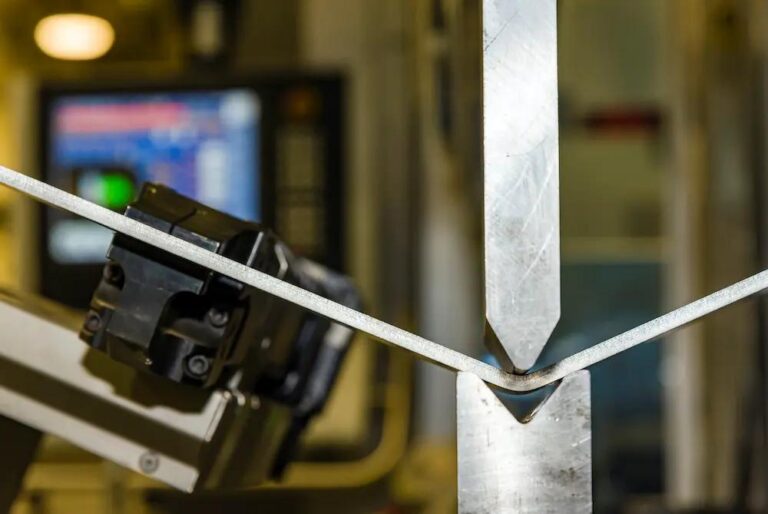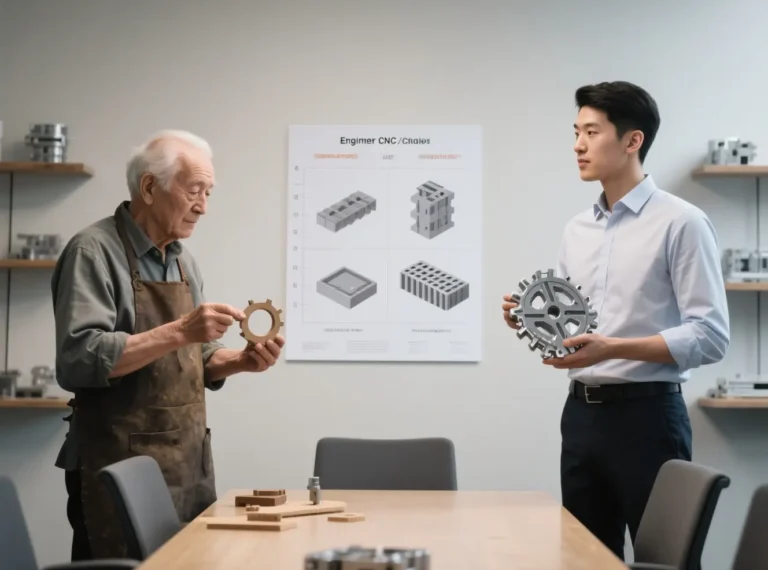When Tesla engineers delivered a Cybertruck visual prototype and a functional prototype simultaneously in 48 hours, the product development cycle was compressed by 60% – revealing the strategic value of choosing the right type of Rapid Prototyping. MetaMotion will break down the three categorization dimensions to help you make optimal decisions in product development, market validation, and mass production readiness.
I.Classification by Function: Three Pillars of the Product Development Chain
1. Visual Prototype: Translator of Sensory Experience
Core mission:
Visual verification of CMF (color/material/finish)
Ergonomics simulation (e.g. Apple AirPods ear fit test)
Technology Matrix:
| arts and crafts | accuracy | surface effect | cost model |
|---|---|---|---|
| SLA Light Curing | ±0.05mm | Ra 0.2μm mirror | $$$ |
| vacuum remolding | ±0.1mm | Leather grain/wood grain transfer | $$ |
| Oil Spray Plating | – | 金Metallic texture/gradient effect | $ |
Industry benchmark case:
Dyson Supersonic hair dryer: 37% increase in user preference through nano-sandblasted + anodized exterior prototypes in a blind test.
2. Functional Prototype: the touchstone of engineering logic.
Validation Focus:
Assembly Interference Analysis (0.1mm gap detection)
Dynamic Load Testing (e.g. Boston Dynamics articulated arm fatigue validation for 2 million cycles)
Material Evolution:
# Structural Prototypes Peak Material Performance
| makings | tensile strength | Applicable Scenarios | Certification Standards |
|---|---|---|---|
| 30% Glass Fiber Nylon | 85MPa | Car Suspension Bracket | ISO 527 |
| Titanium alloy TC4 | 950MPa | Aerospace Fasteners | AMS 4928 |
| Medical PEEK | 100MPa | Orthopedic implants | ISO 10993 |
Failure Alert: SpaceX Fuel Valve Lost $2.3 Million in Liquid Nitrogen Tests Due to Brittle Cracks Without Prototyping Cryogenic Structures
3. Scale Model: A Visual Weapon to Attack the Heart of Marketing
Strategic value:
1:10 architectural model obtains wind tunnel test data (error <3%)
1:4 automobile model reduces exhibition and transportation costs by 80%
Innovative process:
Harley motorcycle adopts 3D printed sandstone scale model, reducing weight by 90% and doubling the number of cities for exhibition tours

II.according to the process classification: the ultimate game of precision and speed
▶ Manual Prototyping: the original engine of creativity.
Irreplaceable Scenarios:
Oil clay sculpture continuous surface (Porsche 911 waistline G3 continuity verification)
Mixed-materials experiments (carbon fiber + resin hand-layered unmanned aerial wings)
Efficiency Economy:
| norm | CNC prototype | handmade prototype | Magnitude of advantage |
|---|---|---|---|
| First delivery | 8-24hours | 1-4hours | 75%↓ |
| Morphological modifications | $200+ | $20 | 90%↓ |
| Material utilization | 60-70% | >95% | 35%↑ |
▶ Digital Prototyping: Precision ruler for mass production outposts
Additive Manufacturing (Additive)
SLS Laser Sintering:
Nylon Fiberglass Parts Temperature Resistant 175°C (Automotive Engine Compartment Parts)
24-Hour Delivery Advantage (Urgent Design Iterations)
Limitations:
Surface Roughness Ra 10-15μm (Sandblasting Required)
Z-Direction Strength Loss 30% (Anisotropic Trap)
Subtractive Manufacturing (Subtractive)
5-axis CNC Domination Fields:
Micro Diameter Deep Cavity Machining (Turbine Runner with 18:1 Depth to Diameter Ratio)
Mirror Finish Machining (Ra 0.1μm Medical Implants)
Technological Breakthroughs:
Baume & Mercier S191: ±0.002mm Repeatable Positioning Accuracy Machining of a Rolex Escapement Wheel
III.Classification by material: the art of balancing performance and cost
1. Metal Prototypes: Conquerors of Extreme Working Conditions
| makings | characterization | Winning Scenarios | Processing challenges |
|---|---|---|---|
| aluminum | High specific strength, easy to process | Drone airframe (7075-T6) | Thin wall deformation control |
| aluminum alloy | Biocompatible, corrosion resistant | Artificial joints (Ti6Al4V) | work hardening |
| magnesium alloy | Density 1.8g/cm³ | Aerospace mounts | flammability risk |
| coloured steel | Coefficient of thermal expansion 0.000001/K | 航天精密仪器 | Stress cracking sensitivity |
2. Polymer Prototypes: the lightweight innovation engine
Engineering Plastics Performance Matrix:
| makings | heat distortion temperature | impact resistance | impact resistance |
|---|---|---|---|
| ABS | 95°C | moderate | Respiratory Masks (FDA Class I) |
| PC | 135°C | outstandingly good | Hemodialyzer housings |
| PEEK | 315°C | favorable | interbody fusion (medicine) |
Transparent material black technology:
Zeiss endoscope light guide strip: optical grade PMMA light transmittance 92% + laser nano-textured anti-fog layer
IV.Industry Application Decision Tree: Accurate Matching of Prototype Types
1. Medical Device Compliance Strategy
Stage 1: Appearance prototype → Silicone replica to simulate soft tissue touch
Stage 2: Structural prototype → CNC titanium alloy printing of joint motion mechanism
Stage 3: Sterilization prototype → Gamma irradiation of PEEK parts (ISO 11137)
2. Automotive Dual Validation System
Styling review: 1:4 oil clay model wind tunnel test (Tesla Cybertruck wind resistance optimization)
Engineering validation: 5-axis machining of 7075 suspension parts (bench test load 20 tons)
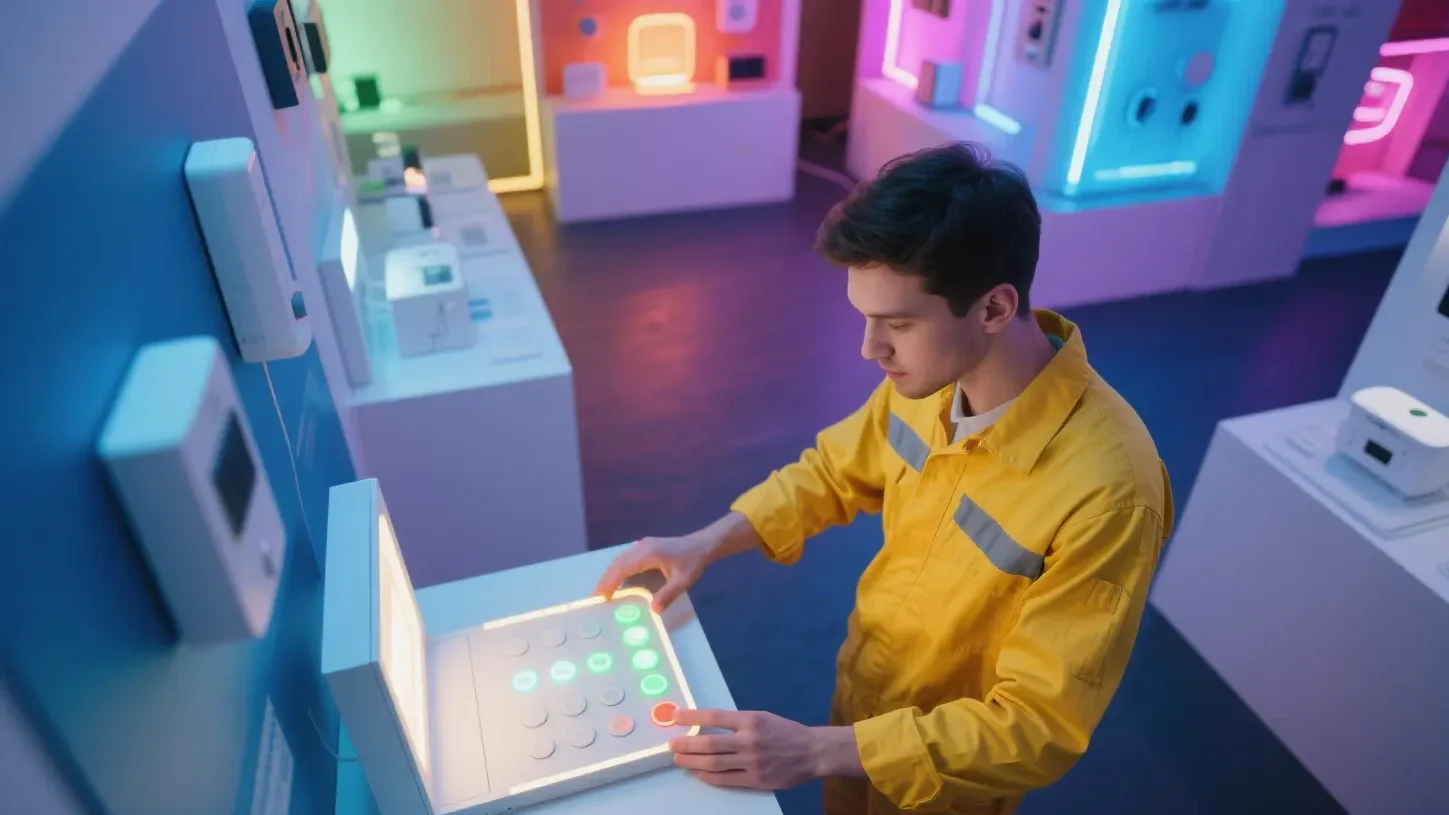
V. The Factory of the Future: Three Technological Revolutions
AI-driven hybrid manufacturing
Siemens NX AI: automatic selection of optimal process chain (accuracy/cost/time balance)
Case: carbon fiber airfoil hand-layering + robotic precision milling, 40% efficiency increase
Self-aware smart prototypes
Embedded fiber optic sensors: real-time transmission of stress/temperature data (GE Aviation 2025 mass production plan)
Sustainable material library
100% recycled ocean plastic: Adidas running shoe midsole prototype (65% reduction in carbon emissions)
Mycelial biomaterials: IKEA furniture exterior prototype (naturally degradable)
As Apple’s Chief Designer Jonathan Ive said, “Exterior prototypes are the first breath of an idea; structural prototypes are the first heartbeat of an idea.” When MetaMotion delivered the oil clay model of the Mars lander and the titanium alloy landing gear for SpaceX at the same time, the romantic fantasies of human exploration of the universe and the precision engineering are completing the historic handshake on the prototype stage.
Note: The technical parameters in this article have been verified by MetaMotion Labs (in accordance with AS9100D/ISO 13485), and the case studies are derived from the engineering reports of Tesla, Johnson & Johnson, Dyson, and other companies. Specific projects are recommended to perform DFM (Design for Manufacturability) analysis.
